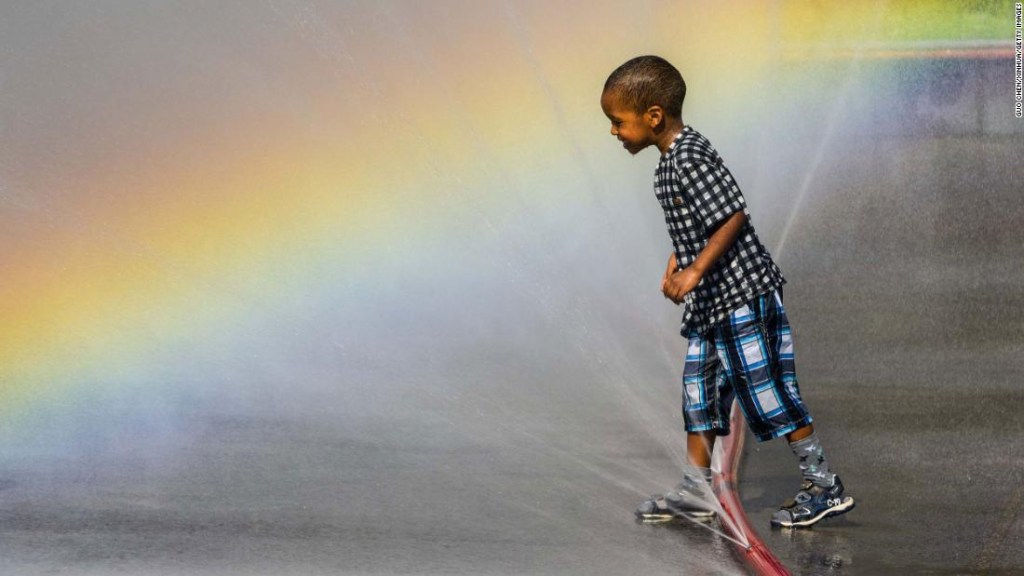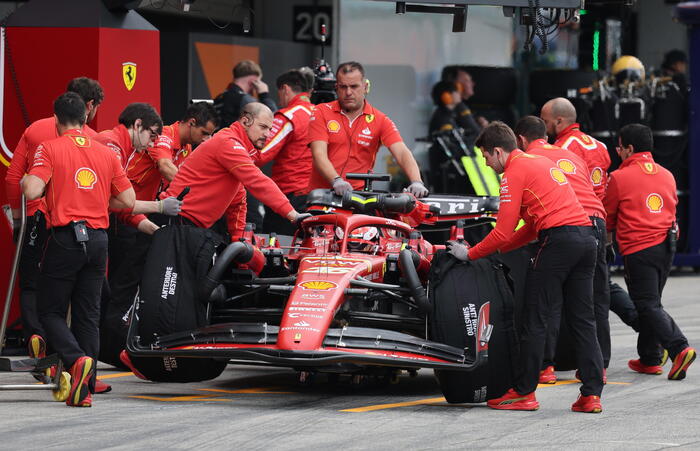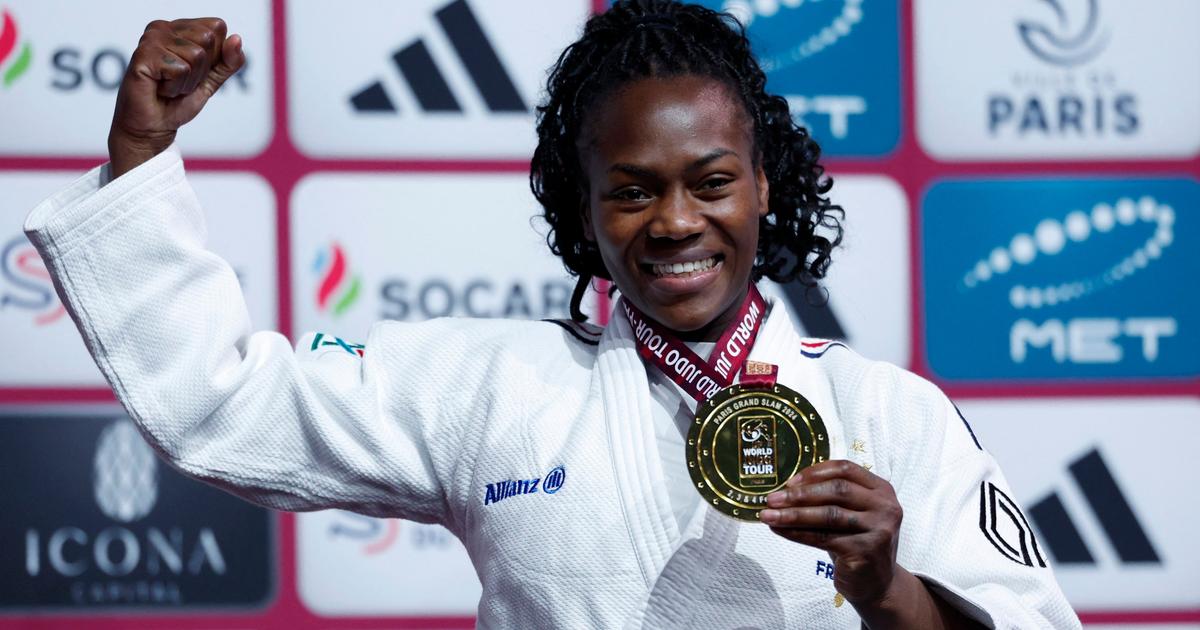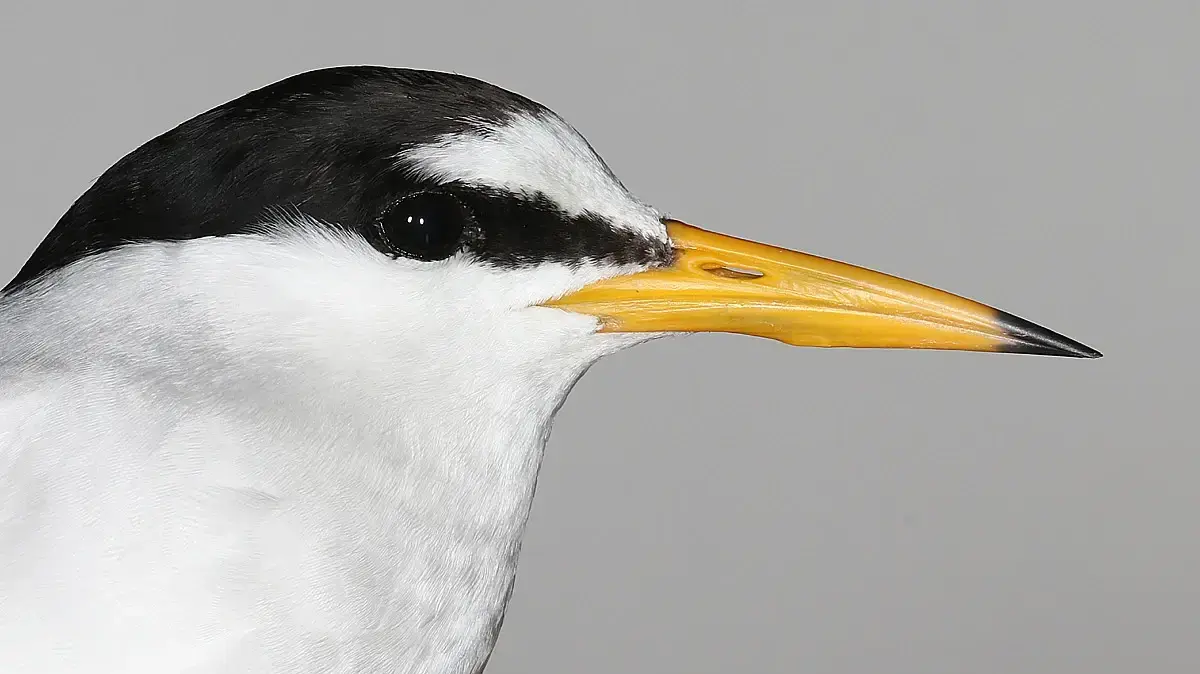(CNN) --
Western Europe is facing scorching heat again, as some countries like France enter their third wave of summer with temperatures expected to exceed 37C, while more than 80% of the population The US will experience temperatures above 32.2°C in the coming week, including in the Mid-Atlantic and Northeast.
About 100 million Americans have been under a heat alert for eight of the last 16 days.
This means that hundreds of millions of people living in urban areas are once again desperately trying to stay cool.
The climate crisis is making extreme heat more frequent and longer lasting, but cities, without well-thought-out design, can make life even more suffocating.
Heat waves: how to protect yourself from extreme heat and what diseases and problems it can cause
Air conditioners may keep the inside cool, but they only increase the heat outside.
And, in most cases, they contribute to the climate crisis by increasing planet-warming emissions.
Public transportation can be unbearable on a hot day, but driving a gas-powered car instead only makes traffic worse, also adding heat and emissions.
Lack of trees means lack of shade, and buildings made of dark materials mean hotter interiors, which means more air conditioning.
It's a vicious circle, but there are other solutions.
Here are eight cities that are taking some of the heat out of their summers.
Medellín, Colombia: plant trees in the streets, not just in the parks
A green corridor in Medellin, Colombia.
The city was awarded for its green corridors project.
When it's really hot, people with air conditioning can stay indoors, but not everyone has that luxury and, well, who wants to stay inside all the time?
advertising
For cities that are not on the coast, parks that offer shade are a good option.
However, Colombia's second largest city, Medellin, has created an entire shadow metropolis with its award-winning Corredores Verdes project.
This network has transformed 18 avenues and 12 waterways into lush green bike and walking paths that connect the city's parks and other frequently visited places.
Temperatures have dropped in and around these areas by about 3°C, and officials expect that by 2030 they can drop by as much as 5°C.
"Urban forests are the best for city heat," Kathy Baughman McLeod, director of the Adrienne Arsht-Rockefeller Foundation (Arsht-Rock) Center for Resilience at the Atlantic Council, told CNN.
"Medellín has lowered the city's average summer temperature, which is remarkable."
By 2019, the city had planted more than 8,000 trees and more than 350,000 bushes.
It also uses an area under an elevated subway line to collect rainwater that runs off the bridge, capturing it in a pipe system to help irrigate green corridors.
Vienna: let's splash!
A boy uses a water fountain to cool off at the Schwarzenberg square in Vienna, Austria.
As in much of Europe, many Viennese do not have air conditioning, so water is an important part of how the Austrian capital stays cool.
For those who don't have time to take a dip in the Danube, the city offers refreshing parks with mist-spraying "trees" where people can "shower" or just sit nearby to enjoy the cooler temperatures they bring to its environment.
Children, who are often more vulnerable to extreme heat than adults, often play in the city's wading pools or run in the pop-up water fountains, typically hoses with holes, that the city government puts in place on the hottest days. , even in areas like Karlsplatz, a popular city square.
Vienna also has a large number of water sources to drink and keep people hydrated, more than 1,100 for its population of 1.9 million, which is important for preventing heat-related illnesses.
"Air conditioning in homes may seem like a quick and easy fix. But it's not a long-term sustainable solution because of the energy source and waste heat given off by the unit," McLeod said.
"So thinking about how to get more airflow, use water features and get windows to open in some of the older buildings is key. Nature-based solutions are best for extreme heat."
Abu Dhabi, United Arab Emirates: Using old refrigeration techniques and modernizing them
Abu Dhabi's Al Bahar Towers use a dynamic solar shading system to keep the building cool.
Parts of the Middle East are some of the hottest inhabited places on Earth.
Temperatures in Abu Dhabi can exceed 50°C.
Air conditioning is considered a necessity, and people tend to spend a lot of time indoors.
But people here haven't always had air conditioning, and an ancient Arabian cooling architectural technique has made a comeback, with a modern twist.
Get to know the Louvre Museum in Abu Dhabi
Mashrabiya
refers to latticework often seen in Islamic architecture, sometimes surrounding a small balcony, that scatters sunlight and keeps buildings cool without completely blocking light.
They are designed to favor the breeze and offer a respite from the heat inside a building.
The idea is to prevent sunlight from directly hitting the outside of the building.
That's what inspired the design of the Al Bahar towers, a 25-story building wrapped in more than 1,000 hexagonal shutters with built-in sensors that allow them to respond to the sun's movements.
When the sun hits the blinds, they unfold like an umbrella to keep out the heat.
Without these measures, the exterior of such a building in Abu Dhabi could reach up to 90°C.
The technique has helped reduce the building's need for air conditioning by 50%.
Great, isn't it?
Miami: Solving Heat Traps
The shaded bus shelter project in Miami.
Medellin, Colombia, may have shown that urban forests, or simply planting more trees, can cool a city, but Miami's Dade County has given a lot of thought to which parts of the city need more cooling.
Neat Streets Miami, a board convened by the county council, recognized that bus stops had become real danger zones during heat waves, so they planted trees around 10 stops.
They wrote a guide on which trees work best and where to plant them so that other areas could replicate the project.
And they have.
There are now 71 green bus stops in the country, most of them made by communities that asked the government for resources to green their own bus stops.
To make it more fun, the organizers also held a haiku poetry contest, selecting the top 10 to be recorded on the sidewalks of the original stops.
Here is one of them:
The trees have also
missed the bus, look how they wave
their many sad arms
- Ariel Francisco
Athens: work with what you have
Hadrian's aqueduct was built around 140 AD and can still carry water today.
Not all cities have an ancient aqueduct, but the Greek capital, Athens, does.
Hadrian's Aqueduct was once used as a main source of water, using a system of pipes that worked with gravity to allow water to flow from its source to the city for human consumption.
Today the water is not drinkable, but the city is studying how to recover the 800,000 cubic meters of water that are discarded each year in the sea.
One of the uses will be to irrigate new green areas along the 20 kilometers of the structure, which will help reduce heat from the surrounding areas.
The water will also be used for misting, as in Vienna.
Even for cities without such ancient infrastructure, Athens is a good reminder that disused water systems may come back to life at some point.
Los Angeles: paint the city white
Workers painting a highway in Los Angeles to cope with the heat.
This measure is a bit more controversial.
Some cities have tried painting rooftops white to reflect sunlight and keep buildings cool, but Los Angeles has gone further and is painting entire highways white.
Dark elements, like asphalt, absorb sunlight and return that energy to the air as heat.
In theory, painting the asphalt white would nip that process in the bud and allow the air temperature to cool down.
These cities have the worst "heat islands," and temperatures can rise 5.5 to 11 degrees in a few blocks
The idea works up to a point.
Researchers Ariane Middel and V. Kelly Turner found that the technique cooled streets by about 5°C, but there was a significant side effect.
The same researchers also said that the extra heat reflecting off the roads was likely to be absorbed by... people.
This means that if you are a few blocks away, the white streets can help you feel cooler, but if you are on the painted street, you might feel warmer.
However, Los Angeles continues with this program to see what works and what doesn't.
It currently uses a grayish-white substance called CoolSeal, which was once used to help hide planes on the ground from satellites, but it's possible another type of paint could give different results.
Painting the roofs has been more successful.
The results vary depending on the level of heat and the materials the roof is made of, but in places like Ahmedabad, India, where it is very hot, cool roofs have reduced the heat of the rooms by 1-2°C. houses.
According to the Berkeley Lab Heat Island Group, a black roof can be up to 30°C hotter than a white roof.
Another option is the green roof.
Cities around the world have created "gardens in the sky" to cool buildings.
Paris: good organization
People cool off in the Jardin des Tuileries on a hot afternoon in Paris.
It is very hot in the French capital.
This summer temperatures have exceeded 40°C, but the combination of tall buildings, limestone monuments and busy paved roads makes it feel even hotter.
The city has a strong "urban heat island" effect, where it is often 9°C hotter in the city center on a summer day than inland Paris.
But Paris Mayor Anne Hidalgo has been credited with implementing some of the world's most innovative measures to beat the heat, and the city's heat plan is truly comprehensive.
The main result is a city full of "fresh islands".
Parisians can use an app called EXTREMA to guide themselves to more than 800 cool spots—air-conditioned parks, water features and museums, for example—and reach them via a naturally cooled walkway.
The idea is that a fresh island is always a maximum of seven minutes away on foot for everyone.
Like Vienna, Paris uses fog machines on hot days.
It also has dozens of new "splash fountains" in addition to its many traditional fountains, which are very shallow pools with fountain-like effects.
Paris' heat plan includes a register that identifies the most vulnerable, so officials can check their status by phone and offer advice on staying cool.
Kindergartens have temporary air conditioners in their classrooms, and public parks and swimming pools stay open longer hours into the night.
And, like Los Angeles, Paris is trying to remove heat from its roads and sidewalks by "demineralizing" them, using more porous materials.
Now that sounds like a plan.
The north is suffering from unprecedented heat.
Will the same thing happen in the southern summer?
Seville, Spain: name your heat waves
Visitors use a public fountain in Seville, Spain.
The world has been naming hurricanes, cyclones and typhoons for decades for a reason: a named storm draws your attention.
The city of Seville in southern Spain is taking such an approach to heat waves, becoming the first in the world to do so.
The July heat wave was called Zoe.
"Naming heat waves is a positive thing because it means we're acknowledging how deadly they are, and that they're here to stay. It's not a casual heat wave," Arsht-Rock's McLeod said.
"This is something we're going to live with for a long time, regardless of what we do with our emissions."
Historical emissions caused the climate crisis.
But what we do today is what will define its course, according to a study
But what Seville is doing is much more than naming.
Arsht-Rock is working with Seville on a new heat wave categorization system based on predicted negative health outcomes.
The idea is to avoid scientific jargon that most people don't understand and link alert levels to what a heat wave can do.
A 2018 Brown University study of 20 heat alert systems in the United States found that only Philadelphia's heat alert system was effective in saving lives, in part because it uses health-based metrics.
"Besides physical interventions for heat, naming and categorizing heat waves is the best and most immediate thing to do," McLeod said.
"Because that's the key: the heat is killing people, and that's because people are not aware of the magnitude of the problem."
-- Taylor Ward, Schams Elwazer and Vanessa Ko contributed reporting.









